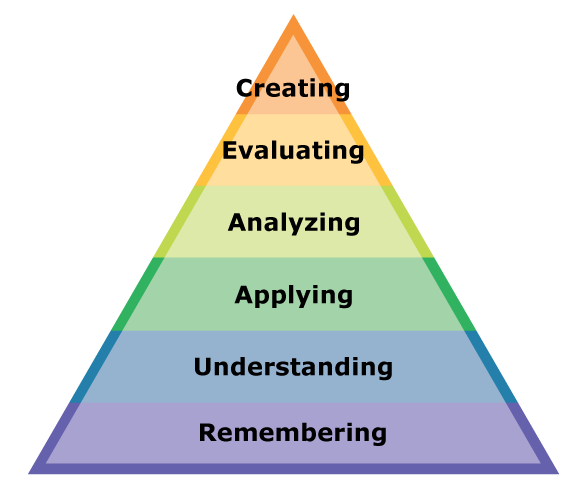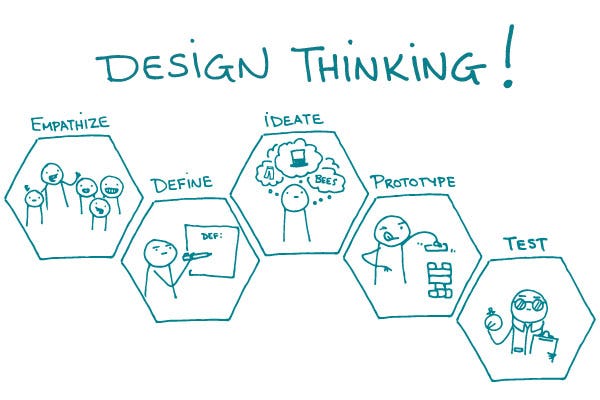Reflections on How Design Shapes Learning
Backward Design and Understanding by Design (UbD)
I think it is valuable to start planning with end goals in mind because they provide direction and purpose to the learning process. When I know what the final outcomes are, it becomes much easier for me to focus on the skills or knowledge that matter most, instead of getting lost in smaller details. In the majority of the computer science courses I have taken, professors explained that while getting our programs to run was important, we would also lose marks if our code was unclear, poorly organized, or difficult to follow. Because those expectations were communicated at the start of the course, I approached assignments differently, making sure my code was not only functional but also structured well, easy to read, and properly documented. This emphasis on clean code made the assignments feel more meaningful, since I understood that the focus was not only on the final product but also on the quality of my work and the process I used to get there. It also connected to the reality of what will be expected once I start working in the field, where code is rarely written just for yourself. Clean, readable, and well-documented code is essential so that teammates and future developers can maintain and build on it. This aligns closely with the idea of Understanding by Design, where learning is planned around the outcomes we want to achieve.
Design Thinking
Design thinking changes the way I view learning by emphasizing empathy, iteration, and problem solving. Instead of jumping straight to a final solution, it encourages me to step back, consider the needs of others, and be open to revising my approach. I have seen this during the group projects I have been involved in, where our first idea was often not the one we ended up using. By testing out early versions, gathering feedback, and making adjustments, we were able to come up with stronger solutions that worked better for everyone involved. Empathy played an important role in this process because it pushed me to think about how other people would interact with what we were creating, rather than just focusing on my own perspective. Prototyping and iteration also helped me realize that learning is not about getting everything right at the start, but about making steady improvements.

I came across a short video that illustrates the stages of design thinking and connects well with my own experiences:
The video breaks the process into roughly five simple stages: empathize, define, ideate, prototype, and test. This connects with my own experience in group projects, where empathy helped us understand the needs of others, and prototyping allowed us to improve our work step by step. Seeing the stages laid out clearly helped me link my personal experiences to the formal framework of design thinking.
Learning Outcomes and Bloom’s/ SOLO Taxonomies
When it comes to describing levels of learning, I find Bloom’s Taxonomy more helpful because of how clearly it organizes verbs into levels. It shows the difference between surface learning, such as remembering and understanding, and deep learning, such as analyzing or creating. It also makes it easier to write strong outcomes that align with assessments.
Here’s a visual example of Bloom’s Taxonomy pyramid, illustrating levels of learning from remembering to creating:

For example, a weak outcome might be something like: “Students will understand sorting algorithms” with the word “understand” being vague and difficult to measure. A stronger outcome, however, would be: “Students will compare and implement different sorting algorithms to analyze their efficiency.” This version is much clearer, measurable, and focused on deeper thinking.
| Example | Effectiveness | Outcome |
| Students will understand sorting algorithms | “Understand” is vague and cannot be directly assessed. | Weak |
| Students will compare and implement different sorting algorithms to analyze their efficiency. | Uses clear verbs (compare, implement, analyze) and shows deeper learning. | Strong |
I believe that having this distinction helps me personally as a learner because I know exactly what level of thinking I should aim for, and it gives me a general idea of how my work will be evaluated.
Better Learning Design
I have experienced both surface and deep learning, with the way the course was designed playing a huge role in which one I ended up with. For example, in some math courses, I only focused on memorizing formulas to get through exams. I could solve problems during the test, but I quickly forgot the material afterward. That was surface learning because I was not applying the concepts beyond the immediate task. In contrast, in some computer science courses where I worked on projects, I was required to use what I had learned in new situations. For example, building a project from scratch forced me to apply theory in a hands-on way, and I found that I remembered the concepts much longer. The difference between the two came down to design. Learning by doing pushed me toward deep learning, while memorization alone kept me at the surface level.
Inquiry and Project-Based Learning
Inquiry and project-based learning connect closely with my studies as a computer science major, as much of my learning has happened through open-ended projects where I had to define problems, test solutions, and adapt when challenges came up. These projects were not about following a single path to the right answer but about exploring different approaches and deciding which ones worked best. The benefit of this approach was that it gave me the chance to apply what I learned in a meaningful way, while also building my independence and problem-solving skills. At the same time, it can feel overwhelming without enough structure, especially at the beginning. I think the best balance is when there are clear checkpoints and feedback to guide the process, while still leaving room for creativity and exploration.
Conclusion
Reflecting on these frameworks has shown me how much design shapes learning experiences, with clear goals giving direction, design thinking encouraging both empathy and iteration, and strong outcomes guiding deeper levels of understanding. I have also personally seen how surface and deep learning are influenced by course design, and how inquiry and project-based learning connect directly to my own studies. These ideas remind me that good learning design is not only about content, but about how the process is structured and supported.
From these reflections, I have noticed that good learning design often includes:
- Clear goals that guide the process
- Empathy and iteration to strengthen solutions
- Strong outcomes aligned with assessments
- Opportunities to learn by doing
I look forward to hearing how others have experienced design in their own learning.
